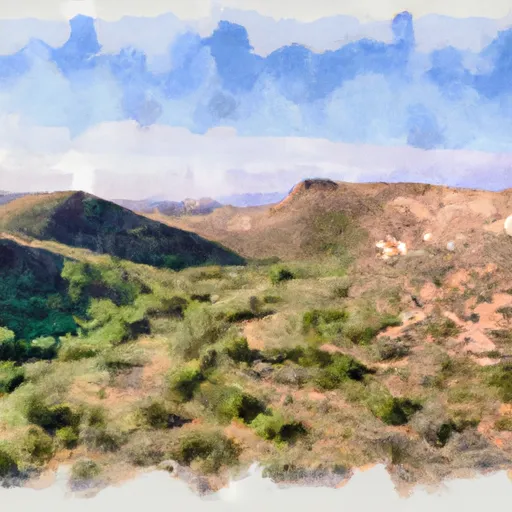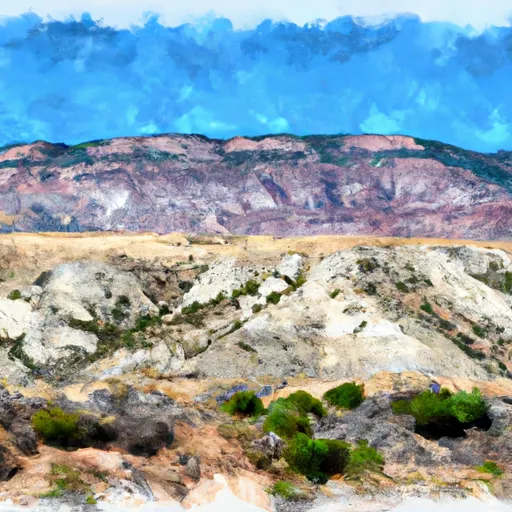Starvation State Park
Rate this placeLast Updated: December 31, 2025
Starvation State Park, located in the state of Utah, offers a variety of attractions and activities for visitors to enjoy.
°F
°F
mph
Wind
%
Humidity
Summary
Nestled around Starvation Reservoir, this state park is known for its scenic beauty, outdoor recreation opportunities, and interesting history.
One of the main reasons to visit Starvation State Park is its stunning natural surroundings. The reservoir and its surrounding landscape provide a picturesque setting for various water-based activities such as boating, fishing, swimming, and paddleboarding. The park boasts numerous sandy beaches, perfect for sunbathing, picnicking, or building sandcastles. The crystal-clear waters of the reservoir are well-stocked with fish, making it a popular destination for anglers.
In addition to its natural beauty, Starvation State Park has several points of interest worth exploring. The park offers numerous campsites, both primitive and developed, allowing visitors to immerse themselves in nature and enjoy a peaceful overnight stay. There are also designated picnic areas equipped with facilities for barbecues and gatherings. Wildlife enthusiasts will appreciate the park's diverse fauna, including deer, rabbits, waterfowl, and migratory birds.
An interesting fact about Starvation State Park is its name, which originates from a nearby town called "Starvation." The town was established by early pioneers who, due to a lack of resources, endured a difficult winter and faced starvation. The reservoir was eventually created to provide irrigation and water storage for the area.
The best time of year to visit Starvation State Park depends on individual preferences and desired activities. Spring and fall offer pleasant temperatures for outdoor activities such as hiking and camping. Summers can be quite hot, but the reservoir provides a refreshing escape for water activities during the day. Winter offers a different experience, as the park is open for ice fishing and snowmobiling.
To ensure accuracy, it is recommended to verify this information across multiple independent sources, such as the official website of Utah State Parks, travel guides, and visitor reviews.
Weather Forecast
Park & Land Designation Reference
Large protected natural areas managed by the federal government to preserve significant landscapes, ecosystems, and cultural resources; recreation is allowed but conservation is the priority.
State Park
Public natural or recreational areas managed by a state government, typically smaller than national parks and focused on regional natural features, recreation, and education.
Local Park
Community-level parks managed by cities or counties, emphasizing recreation, playgrounds, sports, and green space close to populated areas.
Wilderness Area
The highest level of land protection in the U.S.; designated areas where nature is left essentially untouched, with no roads, structures, or motorized access permitted.
National Recreation Area
Areas set aside primarily for outdoor recreation (boating, hiking, fishing), often around reservoirs, rivers, or scenic landscapes; may allow more development.
National Conservation Area (BLM)
BLM-managed areas with special ecological, cultural, or scientific value; more protection than typical BLM land but less strict than Wilderness Areas.
State Forest
State-managed forests focused on habitat, watershed, recreation, and sustainable timber harvest.
National Forest
Federally managed lands focused on multiple use—recreation, wildlife habitat, watershed protection, and resource extraction (like timber)—unlike the stricter protections of national parks.
Wilderness
A protected area set aside to conserve specific resources—such as wildlife, habitats, or scientific features—with regulations varying widely depending on the managing agency and purpose.
Bureau of Land Management (BLM) Land
Vast federal lands managed for mixed use—recreation, grazing, mining, conservation—with fewer restrictions than national parks or forests.
Related References

 Rabbit Gulch State Wildlife Area
Rabbit Gulch State Wildlife Area
 Duchesne Fairgrounds
Duchesne Fairgrounds
 Tabby Mountain State Wildlife Area
Tabby Mountain State Wildlife Area